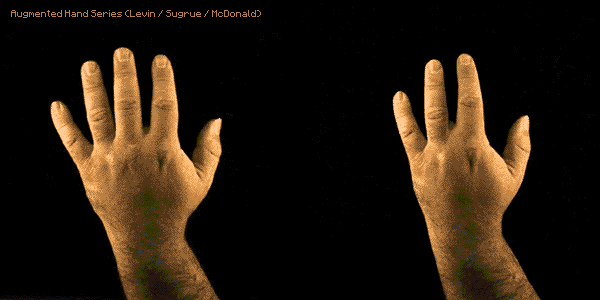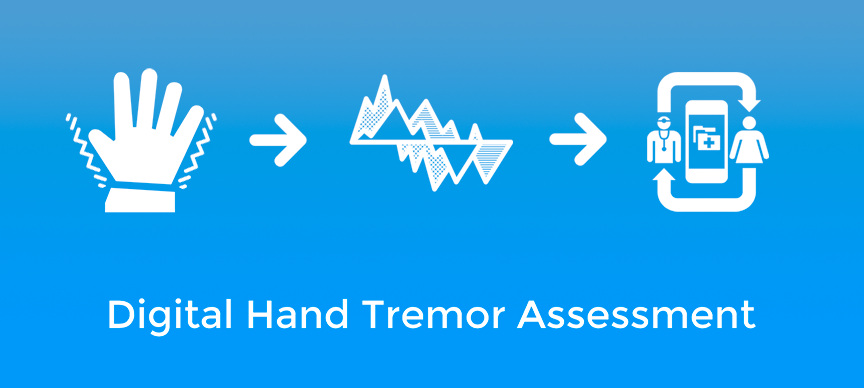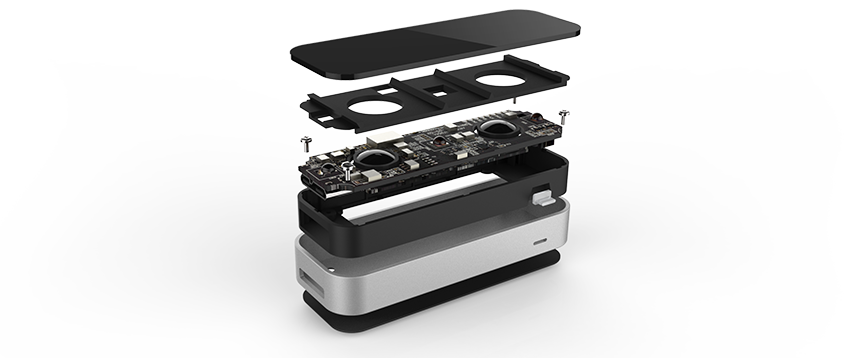In 2014 we released the Leap Motion Image API, to unlock the possibilities of using the Leap Motion Controller’s twin infrared cameras. Today we’re releasing an experimental expansion of our Image API called LeapUVC.
// Medical
In the tech world, “making the world a better place” has become a bit of a cliché. But with over a billion people living with some form of disability or impairment, medical technology can make a huge difference in people’s everyday lives. That’s why Virtualware is using Leap Motion technology to help people recovering from […]
Vivid Vision thinks so, and they want it to help millions of people. Formerly known as Diplopia, they believe that VR can help treat common vision problems like lazy eye and cross-eye, which happen when the brain ignores input from the weaker eye. Their solution – a VR experience that combines medical research with gameplay mechanics – is now rolling out to eye clinics around the USA.

From drinking your morning coffee to turning off the lamp, you use your hands thousands of times a day. It’s easy to take for granted – until your hands don’t cooperate. To help people rehabilitate from strokes and hand tremors, doctors and researchers are doing some really amazing things with off-the-shelf hardware.
In a recent presentation for the Society for Neuroscience Conference, three researchers from UCSF stacked the Leap Motion Controller against two different data gloves to help assess people who suffered from stroke. They believe that the Leap Motion Controller could play a key role in how doctors diagnose and treat a variety of brain disorders – even during live surgery.

The “Augmented Hand Series” (by Golan Levin, Chris Sugrue, and Kyle McDonald) is a real-time interactive software system that presents playful, dreamlike, and uncanny transformations of its visitors’ hands. It consists of a box into which the visitor inserts their hand, and a screen which displays their ‘reimagined’ hand—for example, with an extra finger, or with fingers that move autonomously. Critically, the project’s transformations operate within the logical space of the hand itself, which is to say: the artwork performs “hand-aware” visualizations that alter the deep structure of how the hand appears.
We learned so much on the ground with our developer community in 2014. Translating soothing gestures into meditative brainwaves on EEGs. Springing drones to life. Navigating new ways of thinking about user interfaces in VR.
You’ve built incredible things this year, and along the way, we’ve based many of the experiments, resources, and examples found in the Developer Portal on your feedback and feature requests. We can’t wait to keep that conversation going in the New Year. And now, for a bit of inspiration, behold – our 2014 Shortlist of Virtual Superlatives:

Hand tremors from diseases such as essential tremor, Parkinson’s disease, Wilson’s disease, dystonia and others affect tens of millions of people around the world, and the neurological and genetic basis for many tremors is still yet to be understood. Patients suffer physically, often unable to write and practice art, as well as socially, with tremors giving rise to more social anxiety.
Unfortunately, there are relatively few ways for individuals and doctors to quickly and reliably track tremor progression over time. With better tremor measurement and tracking using Leap Motion, I believe research could progress faster aiding in the treatment of tremors and doctors could have a more efficient tool for quantifying tremor.
In any 3D virtual environment, selecting objects with a mouse becomes difficult if the scene becomes densely populated and structures are occluded. This is a real problem with anatomy models, where there is no true empty space and organs, vessels, and nerves always sit flush with adjacent structures.
Digital technologies in the operating room can be powerful tools for surgeons, but only as long as they can be controlled without compromising sterile procedures. In the last of our AXLR8R spotlight videos, DriftCoast co-founder Hua (Michael) Chen talks about how he was inspired to use Leap Motion technology to open up new interactive possibilities within the OR. Their […]
By creating a game that forced his eyes to work together, cross-eye sufferer and game developer James Blaha has been working to overcome his condition and retrain his brain with the power of gamification.

